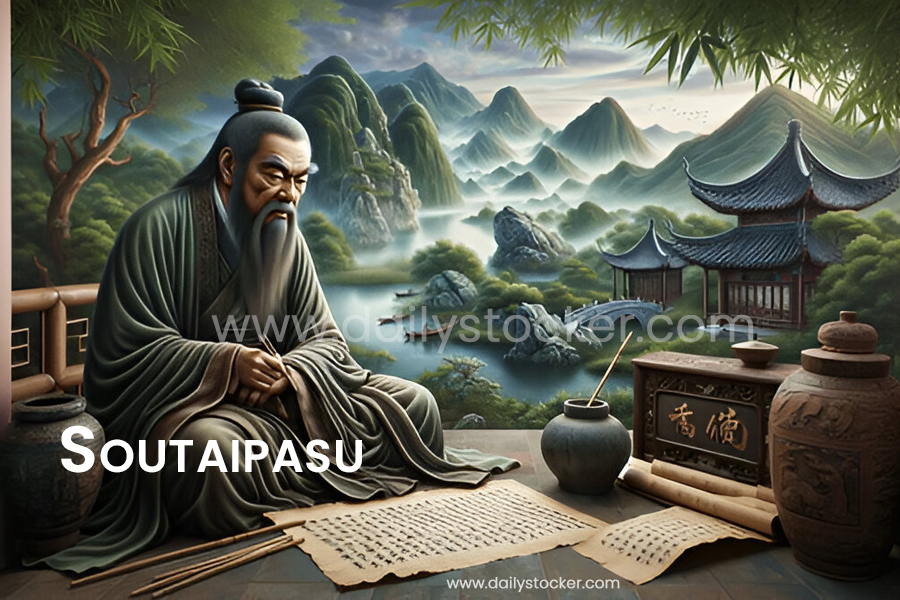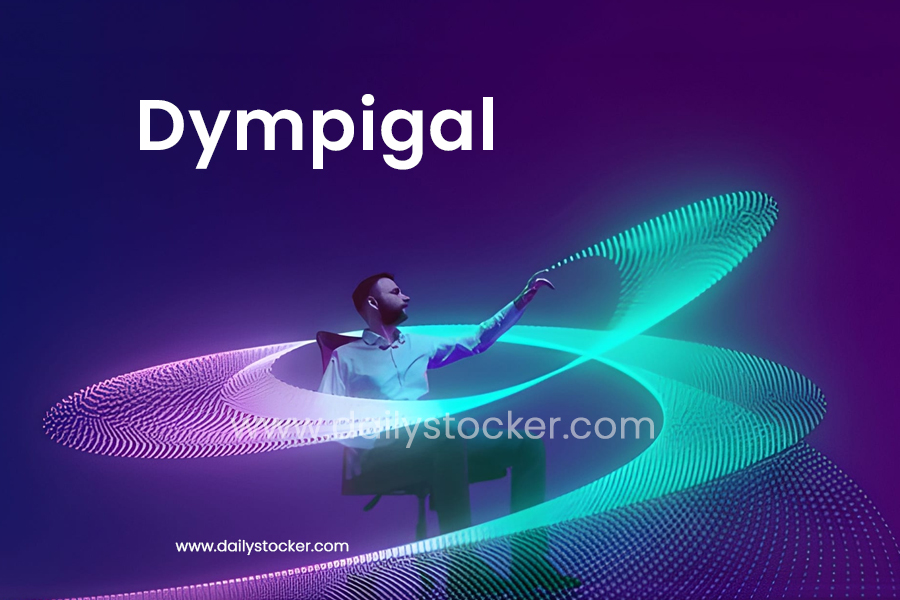Soutaipasu: A Living Philosophy of Balance, Unity, and Harmony
When we hear the word soutaipasu, it might sound like just another unfamiliar term. However, its essence is far more profound. Soutaipasu is deeply rooted in culture and philosophy, symbolizing balance, unity, and harmony. Moreover, it carries the power to connect past traditions with modern ways of living. Unlike many fleeting concepts, soutaipasu has stood the test of time because it resonates with a universal truth: the need for balance in human life.
In this article, we’ll explore its origins, symbolic meaning, regional variations, and modern uses. By the end, you’ll see why soutaipasu isn’t just a word—it’s a way of thinking and living that can enrich your daily experiences.
The Origins of Soutaipasu
The word soutaipasu evolved from linguistic roots that emphasize connection and continuity. Although exact origins differ by region, the term blends traditional philosophy with everyday human values. Its structure reflects both spiritual wisdom and practical guidance.
Early historical records mention soutaipasu as a symbolic term tied to community rituals and cultural expressions. Ancient manuscripts also suggest it represented the idea of “shared balance,” a philosophy that encouraged individuals to align themselves with both society and nature.
In older traditions, soutaipasu wasn’t just spoken—it was practiced. Communities gathered for seasonal festivals, rituals, and ceremonies focused on balance, reflection, and gratitude. As a result, it acted as a framework for social order, teaching people how to live harmoniously within groups.
Cultural and Symbolic Meaning
For centuries, soutaipasu shaped everyday life—from greetings to conflict resolution. It encourages fairness, kindness, and mutual respect. In fact, it works like an invisible thread weaving people together in shared values.
Many religious practices also integrated soutaipasu as a guiding principle. Spiritual leaders described it as a way to maintain peace with oneself and with the universe. Furthermore, in meditation and prayer, soutaipasu represents the balance between inner reflection and external action.
Core Philosophy
At its heart, soutaipasu revolves around three guiding principles:
-
Balance – between work and rest, giving and receiving.
-
Unity – fostering connection across cultures, classes, and beliefs.
-
Harmony – aligning human life with the rhythm of nature.
Think about life as a balancing act. Too much work leads to burnout; too much leisure causes a loss of purpose. Therefore, soutaipasu captures this delicate art of balance. It’s not about perfection or standing still—it’s about continuously adjusting, just like a tightrope walker.
Balance in soutaipasu never feels rigid. Instead, it recognizes that life throws us unexpected winds: sudden problems, opportunities, or changes. Consequently, the philosophy teaches that stability comes from adaptability. Rather than resisting change, soutaipasu invites us to flow with it, adjusting our “steps” so we don’t fall.
Regional Perspectives
Eastern Influence: In Eastern traditions, soutaipasu connects with philosophies that emphasize harmony, respect for natural cycles, and living in alignment with the universe. Ancient poets used soutaipasu as a theme, describing it as the invisible force that keeps people, seasons, and communities in balance.
Western Adaptation: In the West, soutaipasu has taken on a different interpretation. While the term itself may be less familiar, its essence appears in cultural movements, literature, and psychology. Western thinkers often link soutaipasu to mindfulness, emphasizing the practice of staying present. Others compare it to stoicism, which values resilience and acceptance of life’s challenges.
Modern Applications of Soutaipasu
In Education:Education is no longer just about memorization; it’s about shaping well-rounded individuals. Teachers now embrace soutaipasu to create balanced learning environments where academic achievement, creativity, collaboration, and emotional well-being coexist.
In Art and Literature: Artists and writers often draw inspiration from soutaipasu to produce works that celebrate cultural heritage, unity, and personal identity. Through paintings, sculptures, and performances, they show that true beauty comes from balance—between tradition and modernity, chaos and calm.
In Technology: In our digital era, soutaipasu serves as a reminder that progress should not come at the cost of ethics or sustainability. Therefore, it encourages balance between innovation and responsibility.
Misconceptions and Clarifications about Soutaipasu
- It’s not limited to one religion.
- It’s not outdated or irrelevant.
- It’s not a “trend” but a timeless philosophy.
- It doesn’t mean perfection.
- It’s not restricted to Eastern culture.
- It’s not only about personal well-being.
- It doesn’t oppose progress or innovation.
Practical Ways to Incorporate Soutaipasu in Daily Life
Soutaipasu encourages us to live intentionally and pay attention to the present moment. Start with small practices, like morning meditation to set a calm tone for the day, or mindful meals, where you truly savor each bite instead of rushing through food.
Personal growth thrives on reflection and conscious choices, and soutaipasu provides a perfect framework for this. Before making decisions, ask yourself: “Does this action bring balance or create imbalance in my life?” This simple question guides choices in relationships, work, and self-care.
Modern life often blurs the line between work and personal life, creating stress and burnout. Soutaipasu reminds us that while careers are important, health, relationships, and leisure are equally crucial. Practicing soutaipasu might mean setting boundaries for work emails, scheduling time for family or hobbies, and taking breaks without guilt.
Future Possibilities of Soutaipasu
Looking ahead, soutaipasu has the potential to shape the way we live, work, and interact with one another. As the world faces complex challenges—from climate change to digital overload—its principles could guide us toward sustainable solutions.
- In Education: Soutaipasu may encourage schools to cultivate not only academic achievement but also emotional intelligence, creativity, and social responsibility. Balanced learning could become the norm, shaping well-rounded individuals prepared for global citizenship.
- In the Environment: The future demands a deeper respect for ecological harmony. Soutaipasu could inspire policies and lifestyles that prioritize renewable energy, conservation, and coexistence with nature, ensuring that progress does not come at the cost of the planet.
- In Digital Ethics: With technology advancing at breakneck speed, soutaipasu could become a moral compass. It could guide innovation to remain human-centered, encouraging balance between efficiency and privacy, growth and responsibility, connectivity and well-being.
In many ways, the future of soutaipasu lies in its adaptability. Just as it transformed from a local idea to a global principle, it will continue to evolve, offering wisdom that helps humanity move toward a more balanced, compassionate, and sustainable future.
Conclusion
Soutaipasu is not just a cultural concept, it’s a living philosophy that teaches us balance, unity, and harmony. From its ancient origins to its modern applications, soutaipasu continues to inspire communities, scholars, and individuals worldwide. Embracing soutaipasu isn’t about following rules; it’s about living more mindfully, more connected, and more human.
FAQs about Soutaipasu
1. What does Soutaipasu mean in simple terms?
Soutaipasu means balance, unity, and harmony—both within ourselves and with society.
2. How can Soutaipasu be applied in modern life?
Through mindfulness, balanced decision-making, and creating harmony in personal and professional life.
3. Is Soutaipasu related to religion?
No,
4. Why is Soutaipasu gaining popularity online?
Because it represents inclusivity, authenticity, and balance values people crave today.
5. What’s the future of Soutaipasu in global culture?
It may become a global symbol for sustainable living and ethical innovation.
Don’t miss out on any news, keep in touch for real-time information, visit, Daily Stocker.
Share this content:








Post Comment